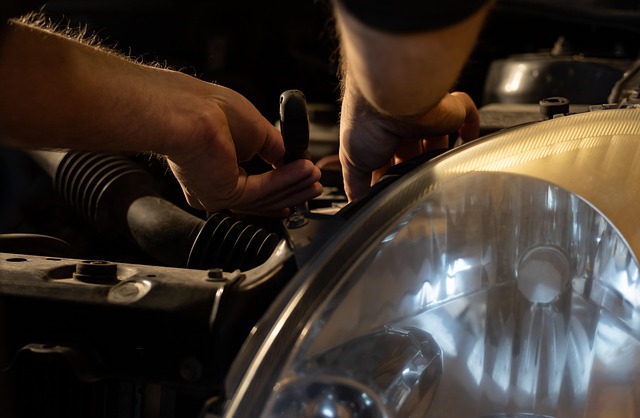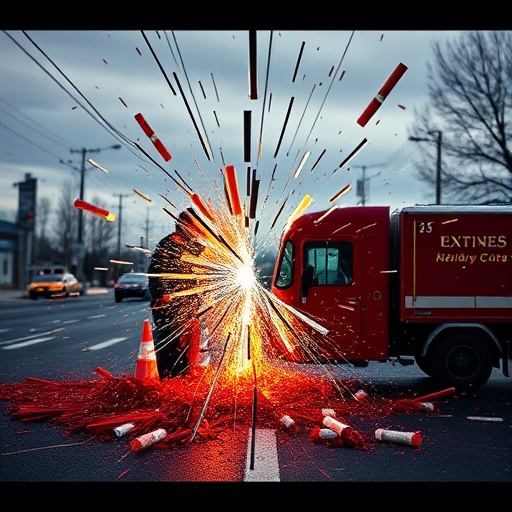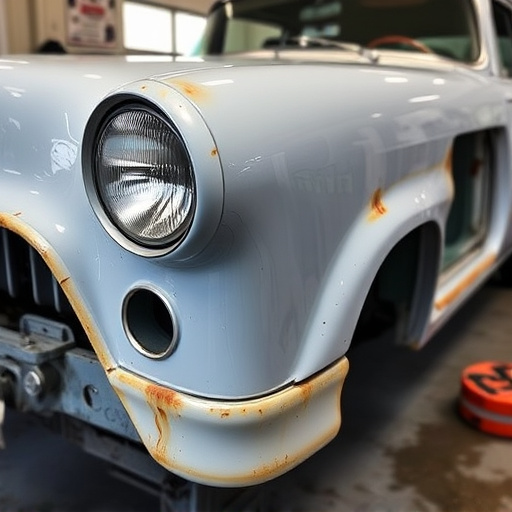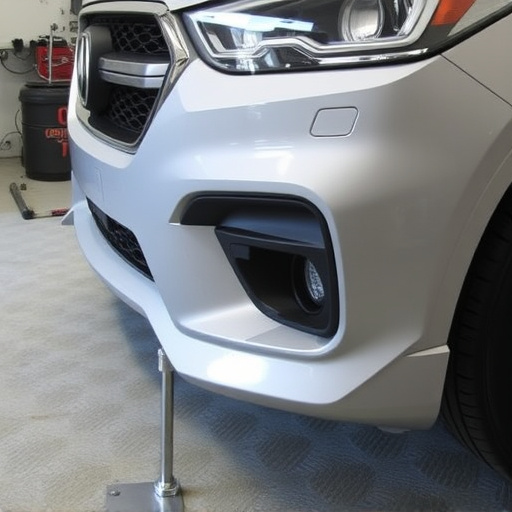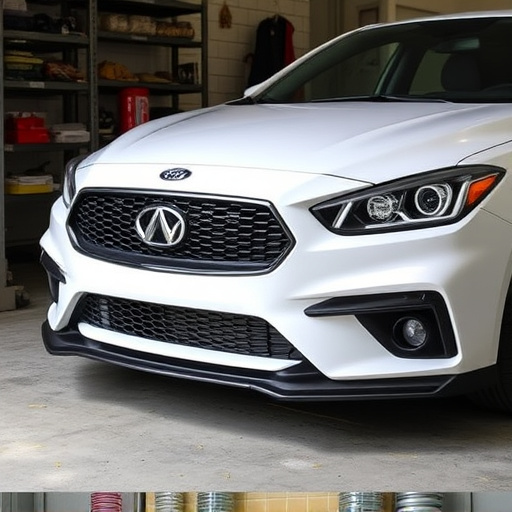Sectioning procedures are crucial for efficient car collision repair, separating damaged from intact parts, minimizing costs, and maximizing vehicle resale value. Modern techniques focus on meticulous component repair or replacement to preserve original value. Best practices for owners include engaging skilled technicians, focusing on alignment and painting, regular maintenance, and transparent record-keeping to enhance vehicle appeal and trust in post-sectioning conditions, ensuring optimal long-term resale potential.
Sectioning procedures, a strategic process used in the automotive industry, significantly influence vehicle resale value. This article delves into the intricacies of these procedures and their profound effects on car resales. We’ll explore the fundamental concepts, key considerations for dealers, and best practices to maximize post-sectioning resale potential. Understanding sectioning procedures is essential knowledge for anyone navigating the dynamic market, ensuring optimal vehicle pricing and sales success.
- Understanding Sectioning Procedures: The Basics
- Impact on Vehicle Resale Value: Key Considerations
- Best Practices for Maximizing Post-Sectioning Resale Value
Understanding Sectioning Procedures: The Basics
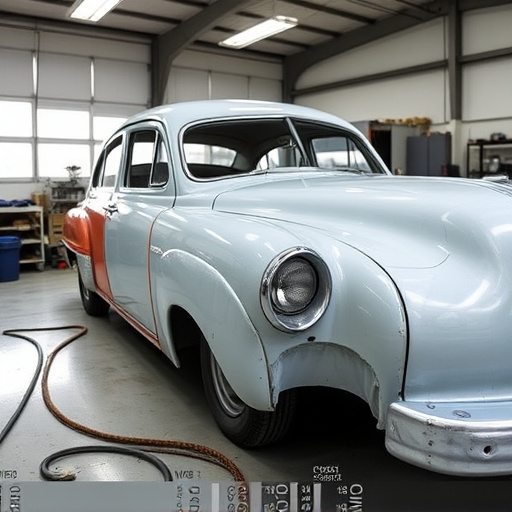
Sectioning procedures are a crucial aspect of car collision repair and vehicle body repair, playing a significant role in determining a vehicle’s resale value. This process involves carefully separating damaged components from intact ones, allowing for more precise auto body repairs. By sectioning, repair professionals can identify which parts require replacement, facilitating a cost-effective restoration that maximizes the vehicle’s remaining value.
It is essential to understand that effective sectioning procedures not only streamline the repair process but also ensure the longevity and performance of the vehicle after repairs. Proper sectioning enables the use of genuine or certified-preowned replacements, contributing to the vehicle’s overall quality and resale appeal. Thus, when it comes to auto body repairs, a well-executed sectioning procedure is a game-changer in preserving and enhancing a car’s value.
Impact on Vehicle Resale Value: Key Considerations

The impact of sectioning procedures on a vehicle’s resale value is a critical aspect for both car owners and dealers to understand. When a vehicle sustains damage, whether from an accident or normal wear and tear, how it is repaired can significantly affect its future marketability. Modern sectioning procedures involve meticulous techniques to replace or repair specific components without affecting the overall integrity of the vehicle. This precision is key in preserving the original value of the car.
One of the primary considerations is the quality of repairs, especially when it comes to services like tire services, scratch repair, and collision repair. A comprehensive and professional approach ensures that repairs are indistinguishable from the original parts, maintaining the vehicle’s aesthetic appeal and performance. Additionally, a well-executed sectioning process can minimize structural damage, which is vital for keeping the car in top condition and maximizing its resale value over time.
Best Practices for Maximizing Post-Sectioning Resale Value
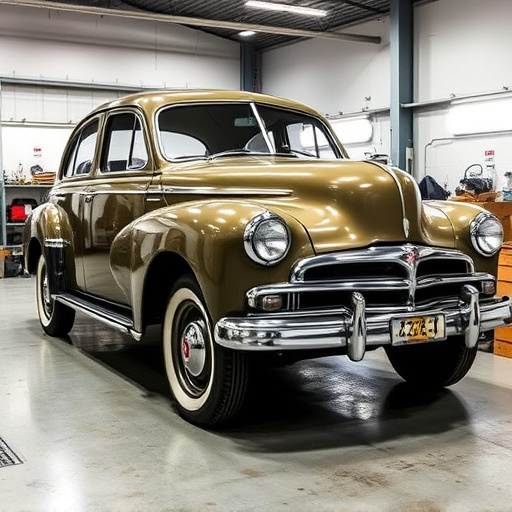
To maximize post-sectioning resale value, vehicle owners should adhere to best practices that ensure minimal damage and optimal restoration. The first step is to engage reputable automotive repair centers offering high-quality auto body services. These facilities must employ skilled technicians who can expertly handle sectioning procedures, preserving the vehicle’s original integrity as much as possible. Proper alignment and painting techniques are crucial here, ensuring the restored sections seamlessly blend with the rest of the car.
Regular maintenance between sectioning and resale is also vital. Conducting thorough inspections and addressing any issues promptly prevents further damage. Keeping records of all auto body services, including detailed reports on repairs made, enhances transparency for potential buyers. This not only builds trust but also allows buyers to make informed decisions, knowing exactly what has been done to the vehicle post-sectioning.
Sectioning procedures, while essential for vehicle dismantling and recycling, can significantly impact a car’s resale value. By understanding how these processes affect different vehicle parts and adopting best practices, dealers and sellers can maximize post-sectioning resale potential. Optimizing the management of used vehicles through efficient sectioning strategies ensures a smoother transition to the next owner, ultimately contributing to higher market values.

